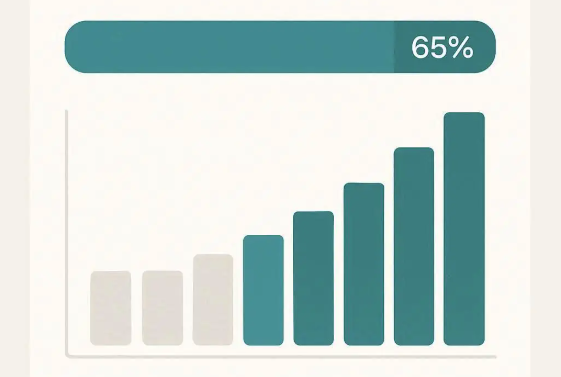How to Design Routines in UX | 매거진에 참여하세요
How to Design Routines in UX
#Routine #Engagement #Retention #Design #Feedback #App #Habit
Why Routines Matter in UX
A routine in UX means the process through which users repeatedly engage with a service until it becomes a natural habit.
From the user’s perspective:
When actions are automated through routines, immersion and satisfaction increase.
From the service’s perspective:
Designing UX that fosters routines directly improves retention and boosts LTV (lifetime value).
For example, a wellness app that sends a morning stretching reminder, or a productivity app that prompts a daily to-do review,
are clear cases of routine-based UX design.
Four Steps to Routine Design
1. Weekly & Daily Routines
Identify the actions users perform repeatedly,daily or weekly.
Example: Morning routines (checking news, reviewing schedule), work routines (emails, meeting prep).
Design UX touchpoints such as reminders and interactions that align with the right time and context.
2. Defining the Core Routine
Not every action matters equally. Select the behaviors that deliver the core value of your service.
Example: Logging workouts in a fitness app, completing tasks in a productivity app.
Enhance the core routine with small wins so users naturally come back.
3. Recovery Strategies
What happens when users drop the routine? Offer motivation to return.
Examples: Friendly reminders, small rewards, or gentle nudges.
Empathetic and inclusive design is crucial here.
4. Visualization & Feedback
Show users their progress in a clear and motivating way.
Examples: Calendars, graphs, progress bars.
Positive feedback combined with visual reinforcement strengthens repetition.

Routine Design Examples
To-do/Task Apps
Suggest daily tasks and provide visual rewards upon completion.
Offer badges or streaks for repeated success.
Health & Fitness Apps
Reminders for morning exercise, hydration, or meditation.
Provide motivational stats or “level-up” moments for long-term routines.
Education Apps
Daily learning, quizzes, and review cycles.
Send push/email nudges when inactive, and show progress when routines are completed.
UX Principles for Routine Design
Principle | Description |
|---|---|
Context Fit | Deliver routines at the right time, place, and situation. |
Immediate Feedback | Provide instant visual/auditory responses upon task completion. |
Simplicity | Keep routines easy and effortless. |
Motivation | Connect goals and rewards to sustain repetition. |
Flexibility | Allow recovery paths and user choice when routines break. |
The Psychology Behind Routines
The Habit Loop: Cue → Routine → Reward.
Reward & Reinforcement: Immediate gratification and visible progress are key to habit formation.
Social Connection: Routines done with friends or communities have higher sustainability.
Routines as a Growth Strategy
Routine-driven UX design directly impacts MAU, DAU, and retention.
Repeated engagement builds immersion, which leads to recommendations and organic growth.
Ultimately, it strengthens brand affinity and increases lifetime value.
Key Takeaways
Define your core routine and align reminders/feedback with user context.
Provide recovery strategies and visual reinforcement to promote long-term habits.
Continuously optimize routines based on user behavior data.
“Designing routines means designing a part of your user’s daily life.”






